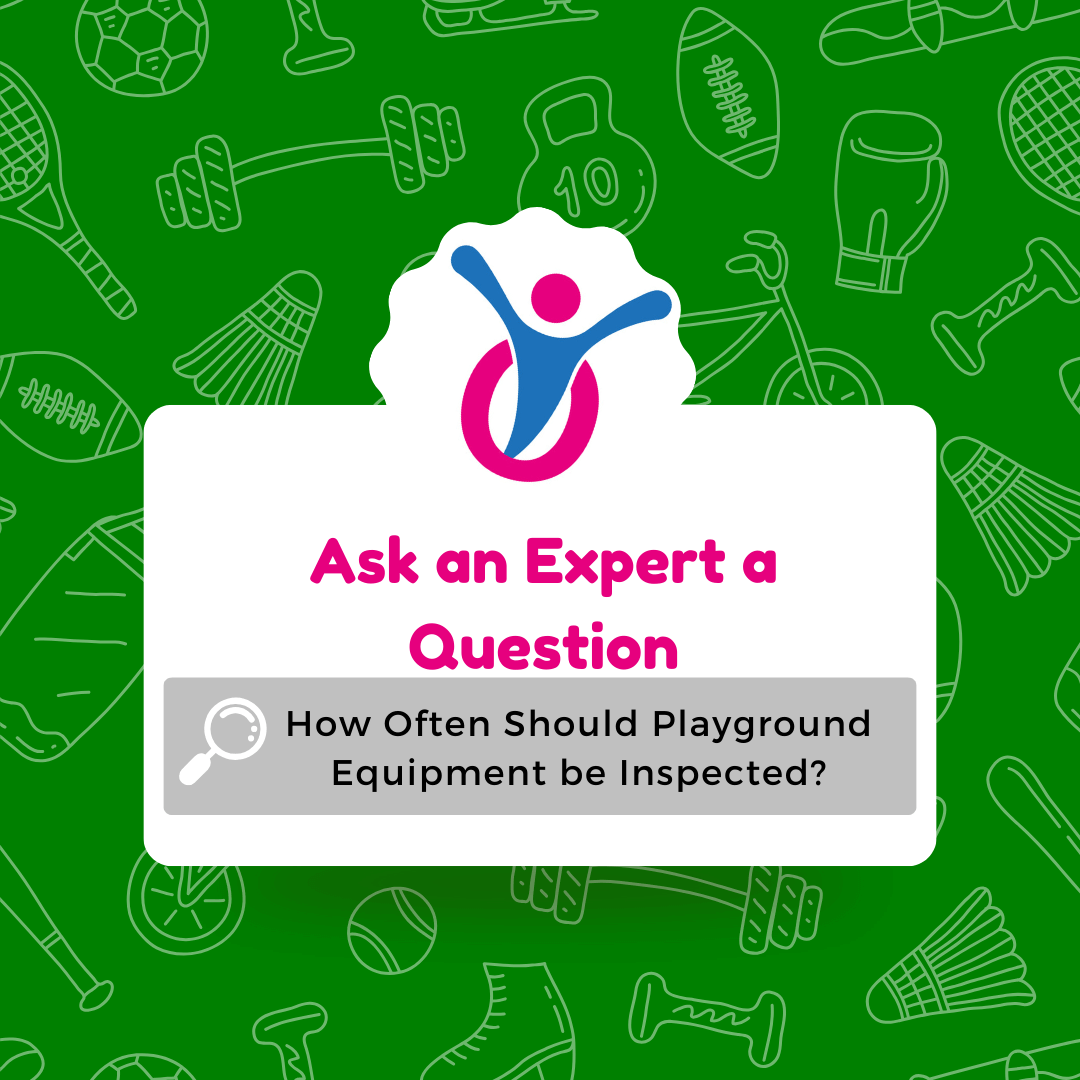Playgrounds are a place of joy and adventure for children, providing them with opportunities to socialise exercise, and develop essential skills. However, ensuring the safety of these play areas is of utmost importance. Regular playground inspections play a crucial role in identifying and mitigating potential risks and hazards. By conducting thorough inspections and adhering to safety standards and regulations, we can create an environment that balances safety and fun for our children.
Understanding the risks and potential hazards
Before delving into the significance of playground inspections, it is essential to understand the risks and potential hazards that exist in these play areas. Playgrounds are susceptible to a wider range of dangers, including sharp edges, worn out equipment, improper surfacing, and entrapment hazards. Additionally, extreme weather conditions, such as heavy rain or snow, can further worsen the safety conditions of the play area.
Children are naturally curious and often unaware of potential risks. They may engage in activities that pose a danger to their well being, such as climbing on unstable structures or using equipment in unintended ways. By conducting regular inspections, these risks can be identified and addressed promptly, ensuring safety of children while they indulge in play.
The importance of regular maintenance
Regular maintenance is a vital aspect of playground safety. Wear and tear are inevitable, and without proper maintenance, the conditions of the play area can deteriorate rapidly. Regular inspections allow for the identification of damaged or worn out equipment, loose bolts, unstable structures, and other maintenance issues.
Timely maintenance not only prevents accidents but also extends the lifespan of the playground equipment. By addressing minor issues before they escalate, the overall cost of repairs can be significantly reduced. Regular maintenance also demonstrates a commitment to safety, which is crucial for public institutions and organisations that provide playgrounds for children.
How a playground inspection is conducted
Conducting a thorough playground inspections requires attention to detail and adherence to a structured process. Start by visually inspecting the overall condition of the playground, paying close attention to the equipment, surfacing, and surrounding areas. Look for signs of wear damage, or potential hazards.
Next, inspect each piece of equipment individually, ensuring that all components are in proper working order. Check for loose or missing bolts, cracks, splintered wood, and any signs of deterioration. Test the stability of structures, such as swings and slides, to ensure they can withstand the weight and force exerted by children.
Once the equipment inspection is complete, assess the safety surfacing. Ensure that the surfacing material, such as rubber tiles or wood chips, is adequately maintained and provides appropriate cushioning in case of falls. Inspect for any foreign objects, such as broken glass or sharp debris, that may pose a safety hazard.
Playground safety standards and regulations
To ensure consistent safety measures, playgrounds must adhere to specific safety standards and regulations. In the United Kingdom, playground safety is governed by the European Standard EN 1176 and EN 1177, which provide guidelines for the design, installation, and maintenance of playgrounds.
These standards cover various aspects, including equipment dimensions surfacing requirements, spacing between equipment, and accessibility considerations. Adhering to these standards helps in creating safer play areas that are suitable for children of different ages and abilities.
Training and certification for playground inspectors
Conducting playground inspections requires expertise and knowledge of safety protocols. Playground inspectors should undergo specialised training and obtain certification to ensure they are equipped with the necessary skills to identify potential hazards and assess the safety of play areas.
Training programs for playground inspectors cover a wide range of topics, including playground equipment safety, risk assessment, maintenance procedures, and legal obligations. By investing in proper training and certification, inspectors can confidently carry out their responsibilities and contribute to the overall safety of playgrounds.
Common issues found during playground inspections
During playground inspections, inspectors often come across common issues that need to be addressed promptly. These issues may include damaged or worn out equipment, inadequate surfacing, entrapment hazards, improper spacing between equipment, and insufficient maintenance.
By having a comprehensive understanding of these common issues, playground inspectors can focus their inspections on areas that are more prone to problems. This proactive approach helps in mitigating risks and ensuring that necessary repairs and maintenance are carried out in a timely manner.
The role of parents and caregivers in playground safety
While playground inspections are crucial for maintaining safety, the responsibility of ensuring playground safety extends beyond inspectors and park authorities. Parents and caregivers play a vital role in supervising children and educating them about playground safety.
Parents should actively engage with their children during playtime, keeping a watchful eye on their activities and ensuring they follow the rules. Educating children about potential hazards, appropriate behaviour, and the importance of safety guidelines fosters a sense of responsibility and helps them make informed decisions while playing.
Playground inspection checklist
To facilitate thorough playground inspections, inspectors often use a comprehensive checklist. The checklist serves as a guide, ensuring that all necessary components and areas are inspected meticulously. While specific checklists may vary, some common items include:
- Visual inspection of the overall playground condition
- Equipment inspection for damage, stability, and maintenance issues
- Assessment of safety surfacing for proper cushioning and cleanliness
- Checking for entrapment hazards, such as gaps or protrusions
- Evaluation of signage and accessibility features
- Review of maintenance records and previous inspection reports
By using a checklist, playground inspectors can systematically assess the safety of play areas and identify potential risks in a structured manner.
Regular playground inspections are essential for creating safe and enjoyable play environments for children. By understanding the risks and potential hazards, conducting regular maintenance, adhering to safety standards, and involving parents and caregivers, we can ensure that playgrounds remain a place of fun and adventure without compromising on safety. Through thorough inspections and proactive measures, we can guarantee that our children have the opportunity to play and grown in an environment that prioritises their well being.

